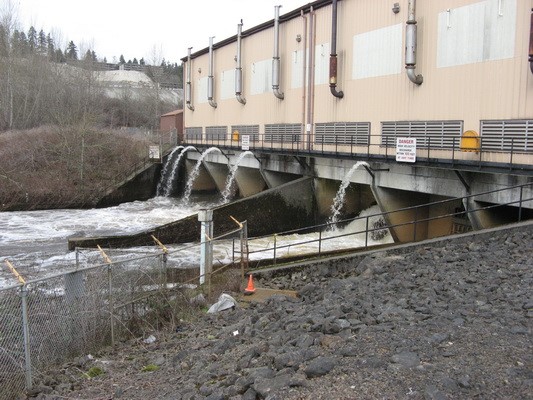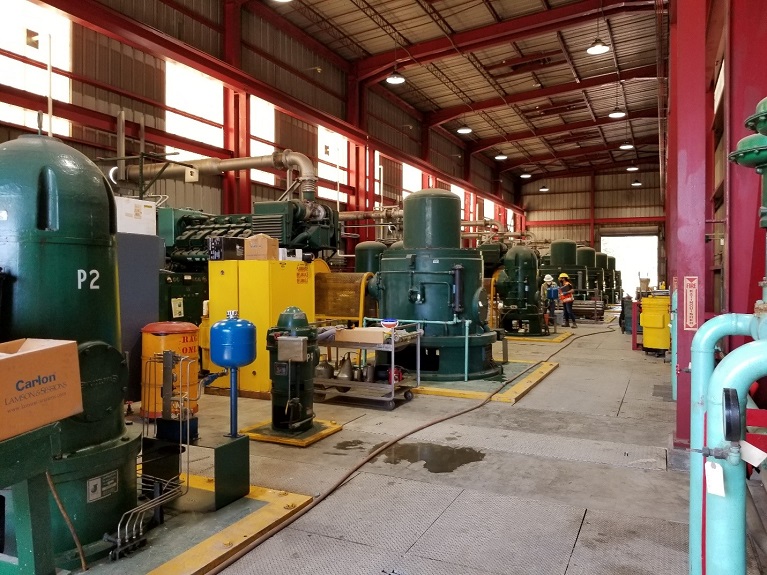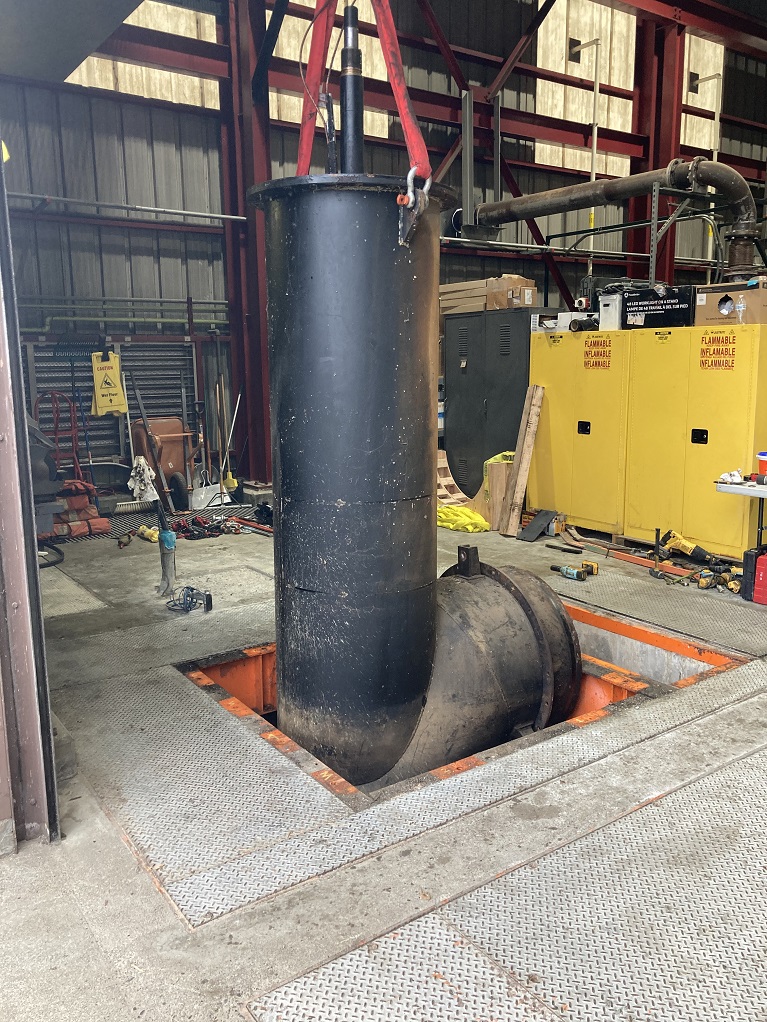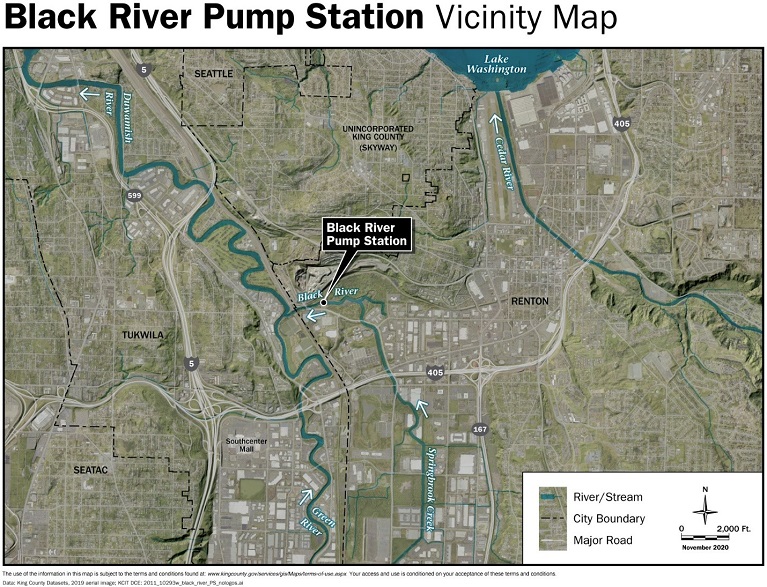Black River Pump Station
Project overview
The Black River Pump Station is an important part of the Green River flood control system. The pump station serves as part of the levee containment that holds Green River flood water out of Renton, Kent, and Tukwila. The pumps lift Springbrook Creek drainage from the valley floor into the river, which is usually higher. The Natural Resources Conservation Service built the Black River Pump Station in 1970 in partnership with King County. The facility has operated nonstop since 1972. After more than 50 years of continual operation, the pump station needs repair and updates to continue to be safe and reliable.

In September 2020, a capital project strategy was developed and approved to pursue these goals at the pump station. Major work elements include:
- Replace high use engines
- Seismic and structural improvements
- Fish passage/fish exclusion improvements
- Mechanical system upgrades
- Replace control building
- Replace large pumps
- Sediment management
Construction began in 2021 and will continue in phases through 2028.
About the pump station
The station contains eight flood control pumps. The primary pump (P-1) has a 200-horsepower electric motor that pumps the majority of the flow during the year. The P-1 pump was refurbished and operational as of Spring 2022
The other seven flood control pumps are driven by diesel engines that range from 500 to 1,400 horsepower. The diesel pumps provide 97% of the pump station’s flow capacity to handle flood conditions, but they run much less frequently than the electric pump P1. One of the diesel pumps (P2) was refurbished and operational as of Spring 2023, and a second (P4) will be refurbished for availability in the fall of 2023.
The station also includes several support systems; including systems to allow fish to pass both upstream and downstream.


Fish passage and fish exclusion improvements
The Black River Pump Station was built and began operation before Puget Sound Chinook and steelhead were listed as part of the Endangered Species Act. Concerns have been raised about the station’s impact on fish. Facility improvement efforts offer an opportunity to improve the pump station’s fish passage systems.
The input of technical stakeholders and tribal representatives regarding fish passage needs at the pump station is essential to the success of improvements. Early engagement started in 2020 with consideration of several preliminary project concepts. Based on that engagement, another set of conceptual alternatives was developed and discussed in 2022 and early 2023. Alternatives were further refined and evaluated, with the Alternatives Analysis due to be completed in June 2023.
Project goals
- To reduce the risks from flood and channel migration hazards.
- To avoid or minimize the environmental impacts of flood hazard management.
- To reduce the long-term costs of flood hazard management.
- To improve the fish passage and provide better access to habitat and support long-term recovery goals for salmon and steelhead populations.
Project schedule
| Activity |
Date |
|---|---|
| Seismic and fish passage preliminary analyses |
2019 |
| Fish passage improvements: outreach and early actions |
2020 to 2023 |
| Replace high-use pump engines |
2021 to 2023 |
| Mechanical system early action repairs |
2021 to 2023 |
| Replace control building alternatives analysis |
Winter 2023 |
| Seismic and structural design |
Winter 2025 |
| Replace large pumps alternatives analysis |
Spring 2024 |
| Fish passage improvement designs |
Winter 2025 |
Project documents
Fish Exclusion and Fish Passage Report - February 2020 (14MB)
Black River Pump Station Juvenile Salmon Downstream Fish Passage Study - November 2020 (2MB)
Final drawings - October 2020 (33.3MB)
Seismic Vulnerability Report - July 2019 (20.7MB)

 Translate
Translate
